Why We Dance
Dance forms through the ages tell the stories of a society's culture. What's next?
Introduction
While studying the principles of Spacial Dynamics® and applying them in the movement program at San Francisco Waldorf School in the 1990s, I gradually noticed that certain archetypal patterns of movement relationships reappear and develop again and again in games and dances from many cultures and historical times.
It seemed as though there is a kind of streaming movement memory, a flow of movement of generations and eras past expressed in folk forms of a circle, a spiral, a column, in pairs. Solos were rare until recently. From early ritual to contemporary street dances, a continuity of reappearing movements and spatial relationships express the human being in cultural context of his world.
These movement gestures also seem to recapitulate the phases of development of the growing young person through adolescence. Young children sing circle games, then one might have a role in the center of the circle. In Duck Duck Goose, one circles around the outside of a seated circle. The transformations of a procession into a circle, a spiral into lines, into quartets, duos, solos, develop until the spaces between the dancers are very close and actually shared, like a waltz or tango in a high school elective or college course.
Gottfried Richter describes that:
“Man’s journey through the long ages and the different peoples and cultures of the world takes him from one experience and stage of consciousness to another. Nowhere are these stages of inner experience accidental or arbitrary. His journey follows the same laws as the serene growth of a flower, which sends out leaf after leaf, puts forth buds, opens blossoms and bears fruit, each in its own time and each containing its own irreplaceable, unsurpassable, eternal value.”
I’ve tried to trace this spatial and movement journey through dance, and the music that helps the movement sing.
“To every thing there is a season, and a time to every purpose under heaven… a time to weep, and a time to laugh; a time to mourn, and a time to dance….” - Ecclesiastes
Why We Dance
Throughout time, we’ve danced for joy. We also dance for prayer, for ritual, and to express our relationships to the world, the community and to one another, in an seemingly endless arrangements of music and rhythms and spatial forms. Stepping in unison in a line, skipping in a circle, running a spiral, weaving patterns in a quadrille, syncopating a jazzy swing-out with a partner, and improvising together or alone in a dance party, we tell a story of our time and place.
When we dance the archetypal forms of dances through the ages, we can also tell the story of the history of the developing human being.
The Nature of Dance
The dictionary defines dance as a series of movements, steps and gestures, prescribed or improvised, done in a rhythmic manner, usually to music. We might expand that to say that dance is patterned rhythmic movement done intentionally by the human being and can arise as an outer expression of an inner mood of soul of a group or individual. Over centuries, a society develops a culture of dance forms that comes from a soul gesture of a group, expressing itself in relationship to essential elements in its world: the sun, moon, and the earth, gods and spirits, kingdoms of nature, and to the others in the community.
Anthropologists consider dance to be the oldest art, although only vestiges of the oldest dances survive in memory, practice, or imagery, leaving us with the heritage of wonderful music and plenty of questions to explore.
Questions Arising
Why did we move together the way we did back in the day?
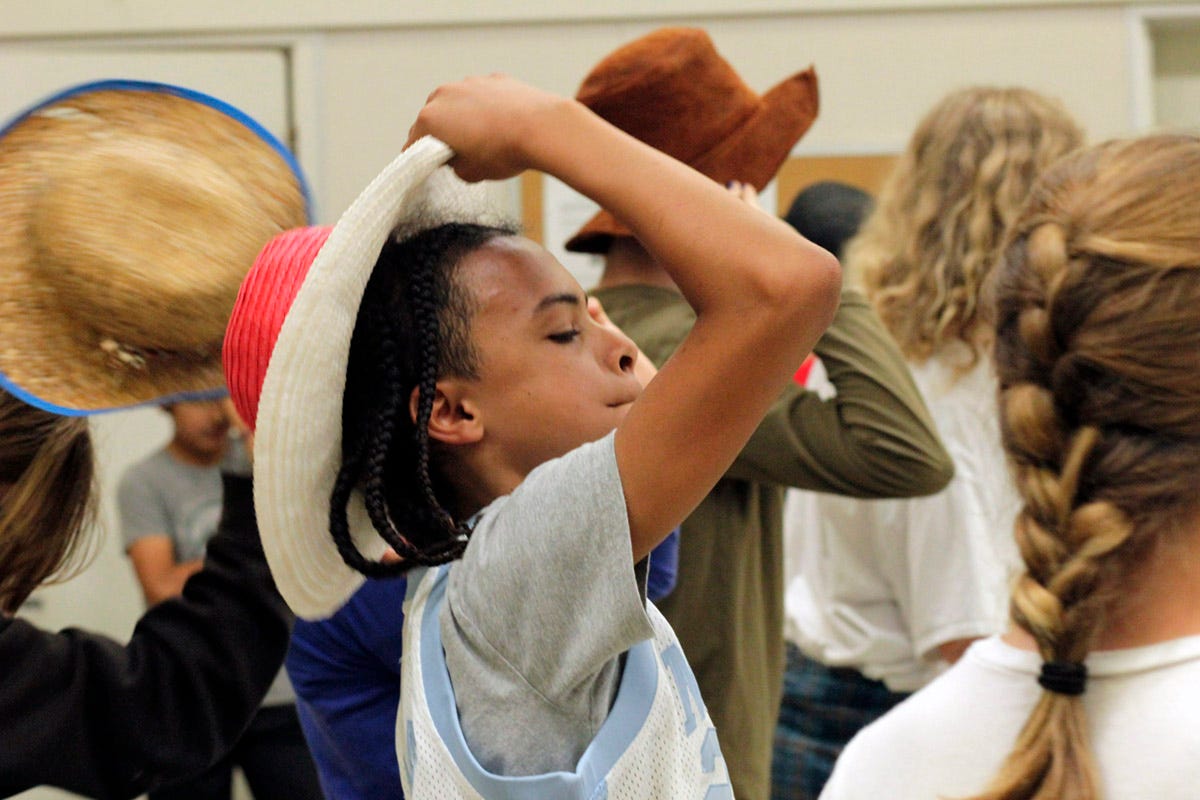
What is the story of the ancient and solemn Abbott’s Bromley Horn Dance, one of the oldest surviving today? Why do some dances start on the left foot instead of the right? How did the same dances move into the ballrooms of nobility from the festivals of the commoners?

How did the dance courtesies and customs between men and women evolve? How did the age of revolution in the 19th century affect the dances of the day? How did the ballroom dances of Europe transform into vernacular dances of America? When did the group nature of social dances change to partnering, and then to individual expressions? Why is any of this valuable in this day and age, with the youth of today?
What might be the next development of dance as a community expression of our human spaces in the world today and tomorrow?
We will explore these questions through the dances themselves as we go Dancing Through the Ages together, June 29 - July 2, 2025 at Spacial Dynamics Institute, Mechanicville, NY. Join me with Katie Moran and Jaimen McMillan in person and online, with program material including video, choreography for the classroom and music links available afterwards for 60 days. It’s not too late to register.
Creature ranks with creature in the widths of space,
Creature follows creature in the rounds of time.
If you linger in the widths of space, in rounds of time,
You are, O Man, in realms that pass away.
Yet mightily your soul arises above them
When you divine or knowingly behold the eternal
Beyond the widths of space, beyond the widths of time. - Rudolf Steiner
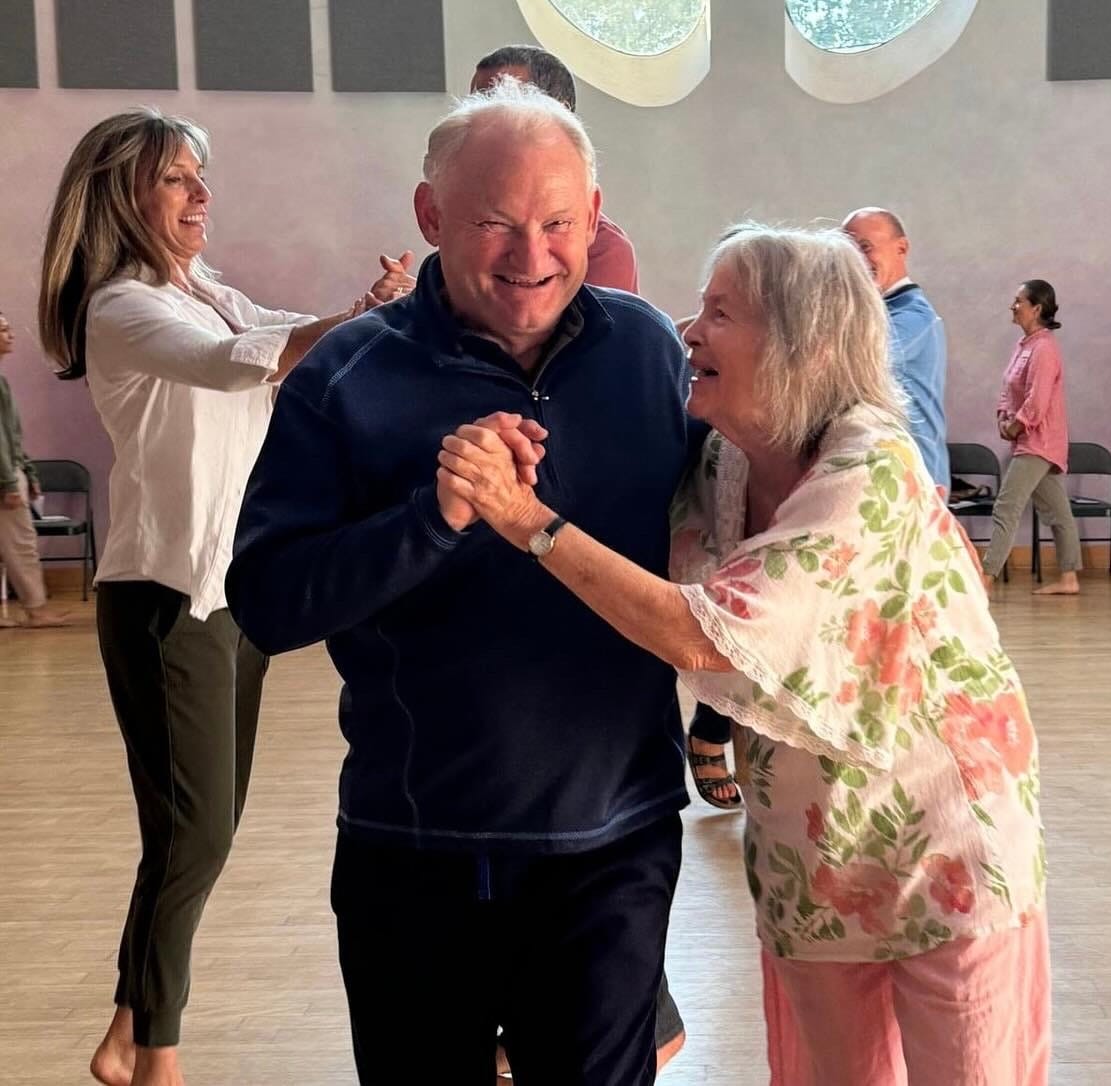


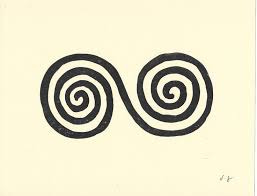

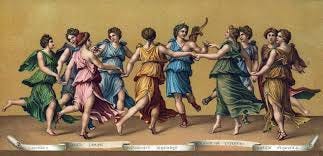
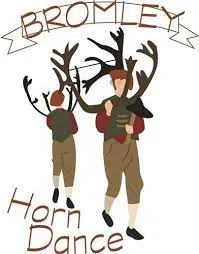
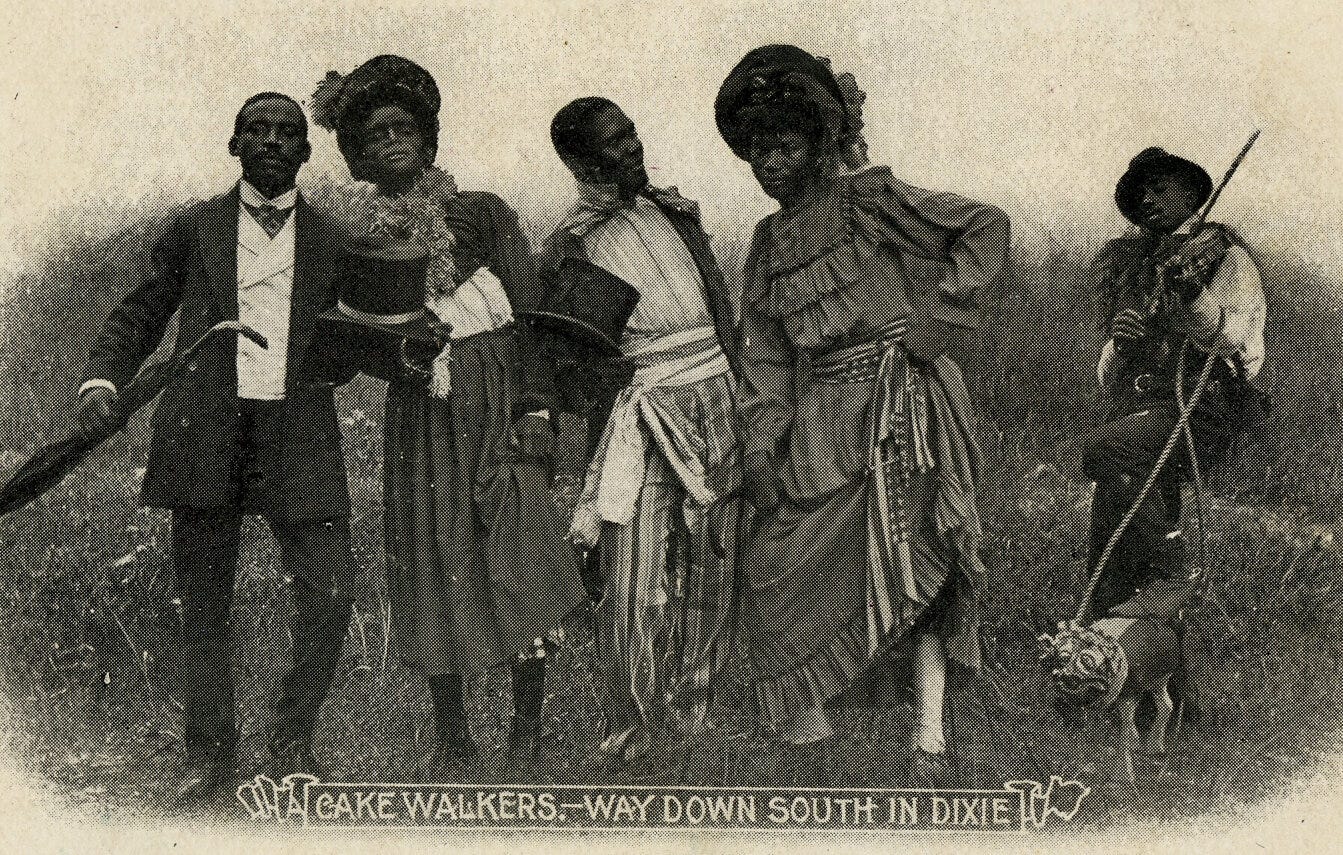
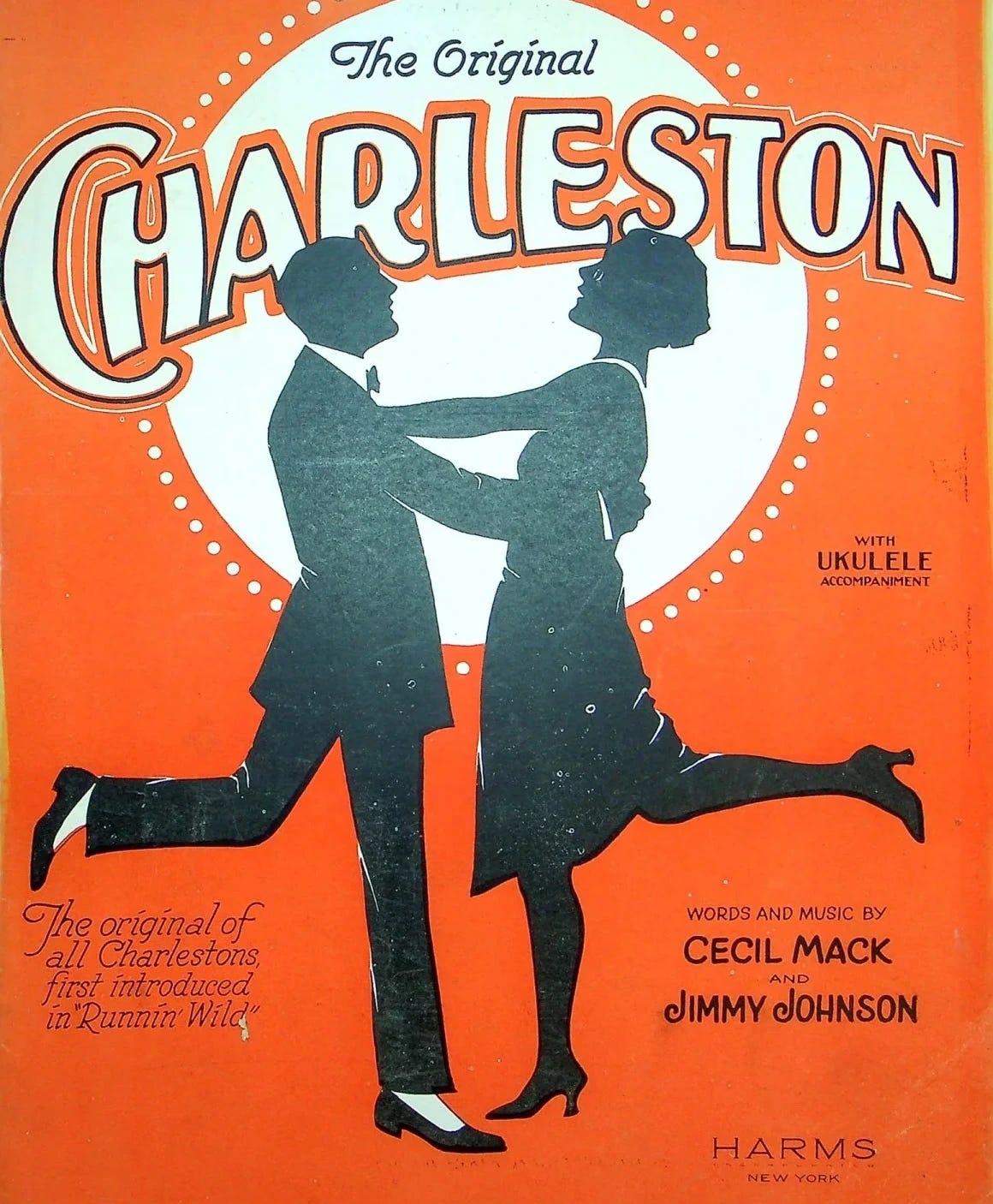
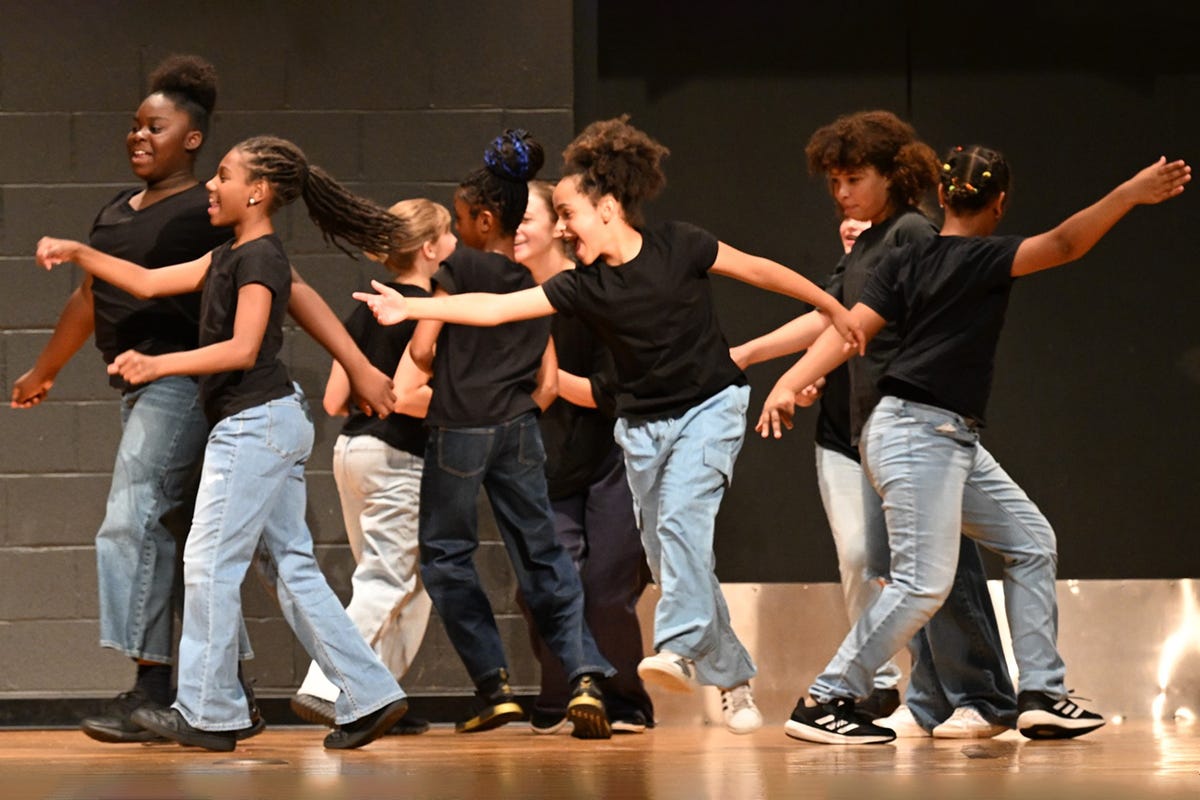
The dance is the healing now.
Not the textbook.
Not the clinic.
Not the crown.
https://open.substack.com/pub/thehiddenclinic/p/riddim-and-reverence?r=5hogqp&utm_campaign=post&utm_medium=web&showWelcomeOnShare=true